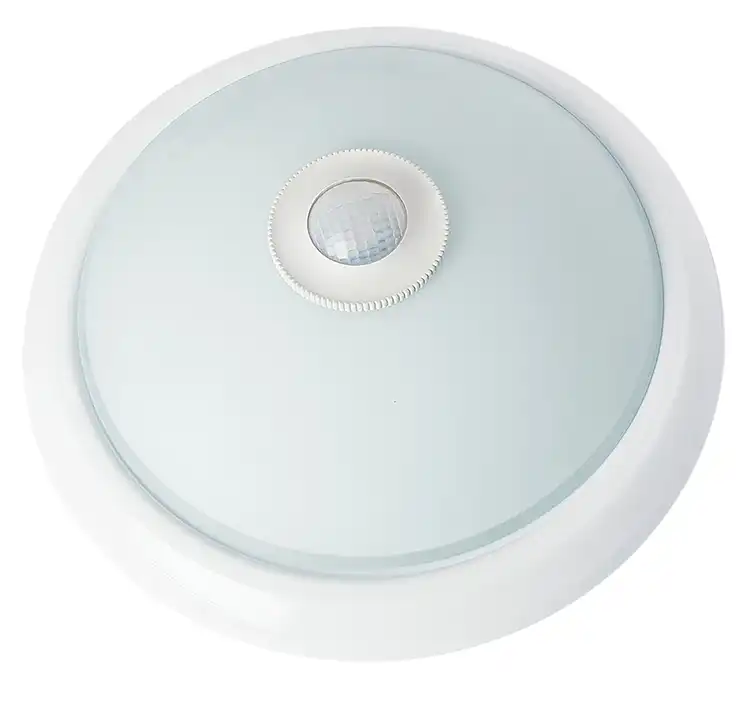
For Energy Saving: Sensor Lamp
Sensor lamps, also known as motion-sensitive lamps, are a type of luminaire that uses sensors to detect movement. There are two main types of sensor lamps.
- Infrared (IR)
- Microwave (MW)
Sensor lamps contribute to energy savings as they only come on when motion is detected and switch off automatically after a certain period of time. This means that they do not use electricity when there is no need for lighting, unlike conventional luminaires that remain on all the time.
For example, if you have a sensor lamp installed in your garden, it will only come on when someone approaches the area. After the person passes or leaves, the lamp will automatically turn off after a predetermined period. You will therefore save energy and reduce your electricity bills. In addition to saving energy, sensor lamps also extend the life of the bulb. Since the lamp only lights up when motion is detected, the bulb is not used for long periods, which extends its life of the bulb. Overall, using sensor lamps is an effective way to save energy and reduce your carbon footprint. By choosing energy-efficient bulbs and adjusting sensitivity settings to reduce false triggers, you can further optimize the energy-saving benefits of sensor lamps. In addition, the sudden illumination of a sensor light alerts homeowners to the presence of intruders. This makes sensor lamps a useful tool for deterring burglars and other unwanted visitors.
Sensor Lamp Choice
When choosing a sensor lamp it is important to consider factors such as the range of the sensor, the brightness of the bulb, and the type of bulb used. Most sensor lamps have a range of about 5-6 meters, but some models can detect motion up to 8-9 meters away. The brightness of the bulb is also very important, as it will determine how well the sensor light will illuminate the area when activated. A potential disadvantage of sensor lamps is that they can be triggered by pets, for example, leading to false alarms. To avoid this, some sensor lamps have sensitivity settings to reduce false triggers. In addition, some models have timers that allow the lamp to stay on for a certain period of time after motion is detected, ensuring that the area is illuminated for a sufficient period of time. Overall, sensor lamps are a convenient and energy-efficient lighting option for both indoor and outdoor use. They automatically turn on and off based on movement, providing additional safety and convenience while helping to reduce energy costs. Take a step towards saving energy and get a sensor lamp!

